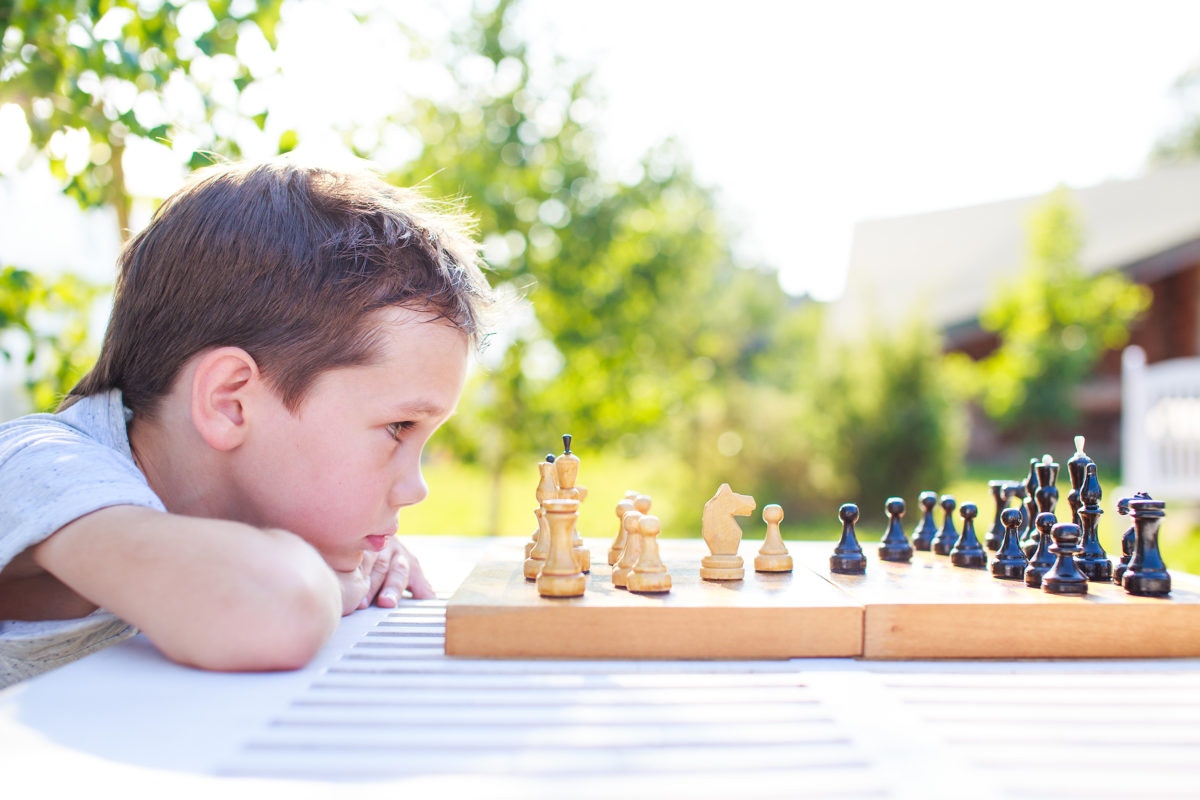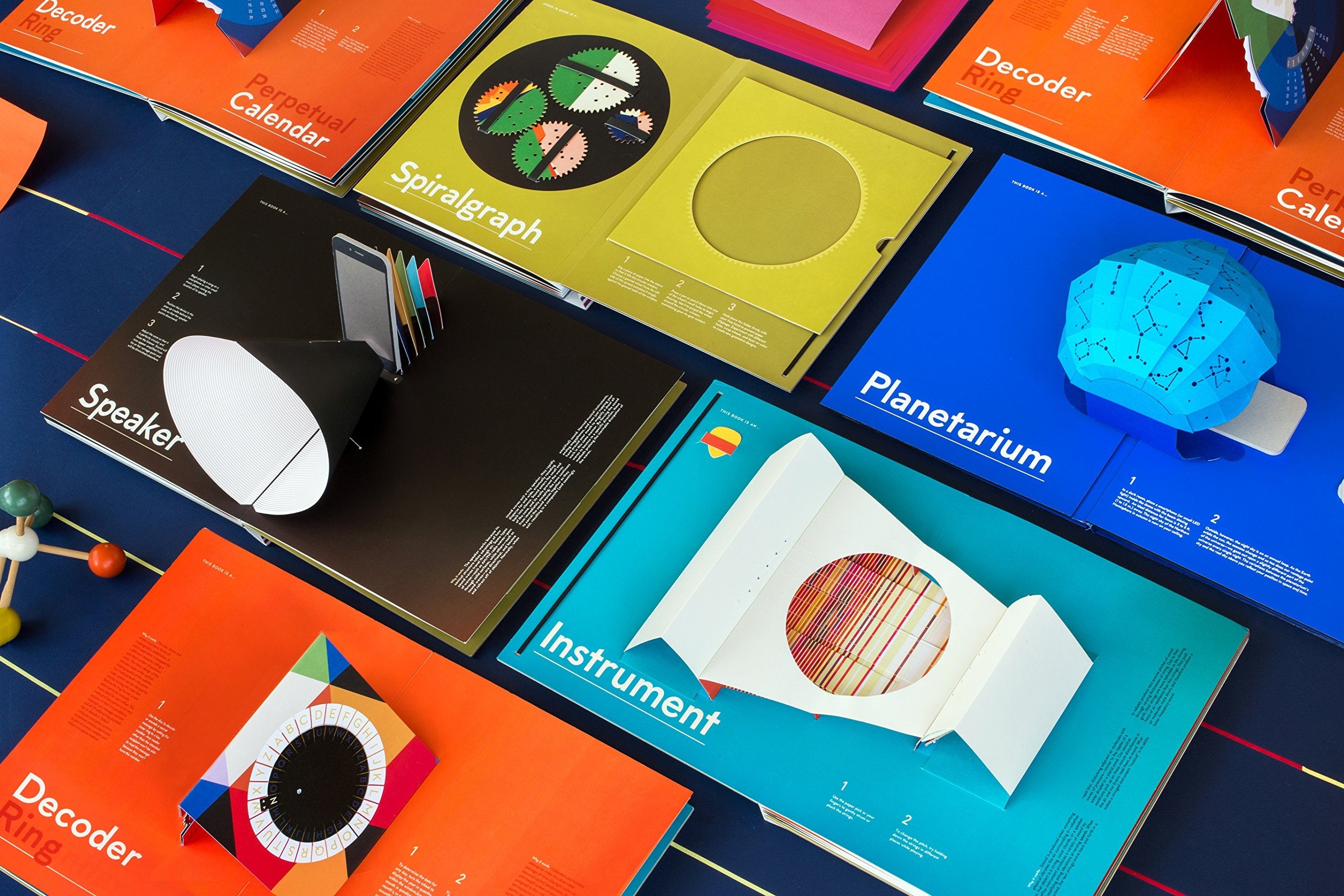Is your kid ready to advance to the next level in board games, something beyond "Go Fish" and "Memory?" Teaching your children how to play chess might just be one of the greatest gifts you can give them. Proponents claim the skills one learns in chess extend far beyond the black-and-white checkerboard. According University of Memphis research, playing chess significantly improves children’s visual memory, attention span, and spatial-reasoning ability. On ichess.net, the writers note that the skills we learn from chess benefit us in other areas of life: “If we all teach children to play chess when they’re four or five, they will be primed for school. Chess teaches children fundamentals, like problem solving, focus, patience, and follow through.” Back in 1973, Dr. Albert Frank conducted an oft-cited landmark study called "Chess and Aptitudes" in which children received chess instruction for two hours a week. He found a significant correlation between the ability to play chess well, and spatial, numerical, and administrative-directional abilities. The game also appears to improve verbal skills by exercising functions of the brain related to language. Other scientific studies have found that the brains of expert chess players differ from non-chess players. Looking at MRIs, researchers saw that grandmaster chess players have more activity in their frontal and parietal cortices, the parts of the brain that focus on problem-solving and recognition. Advanced players also use both sides of the brain when they are playing – this is noteworthy because using both sides of the brain has been found to help prevent dementia from developing later in life. On UsChess.org, chess player and teacher Dylan Quercia writes, “Chess has the power to shape the minds of children and prepare them for challenges that they may later face in life.” Thankfully, you don't have to be a genius to learn the game. So how to get started? Quercia lists the following five tips to keep in mind when teaching children chess:
. Enter No Stress Chess. An introduction to chess for all ages, this “no stress” version spells out each piece's moves and helps direct game play using illustrated cards with a labeled game board until players can navigate the game independently. It helped me teach my son the basics, and now we are using it to teach his little sister. My hope is that it will be a game they can play together for many years. Check mate! Whether you're designing an entire chess curriculum or simply dusting off your old board, there are countless online resources parents and teachers can rely on. According to chessedu.org, its curriculum “is designed to use chess as a tool for teaching problem-solving, creative thinking, and abstract reasoning in a classroom setting, be it in a public or private school, home school or other institution, or for personal use.” It's a user-friendly site for learning and teaching the game. The US Chess federation has a page on their site site that keeps readers abreast of current youth chess news. With over 15 million members, Chess.com is the leading online website devoted to playing chess. Finally, FIDE.com, the official website for the World Chess Organization, features a directory of local associations, news, rankings and more.



